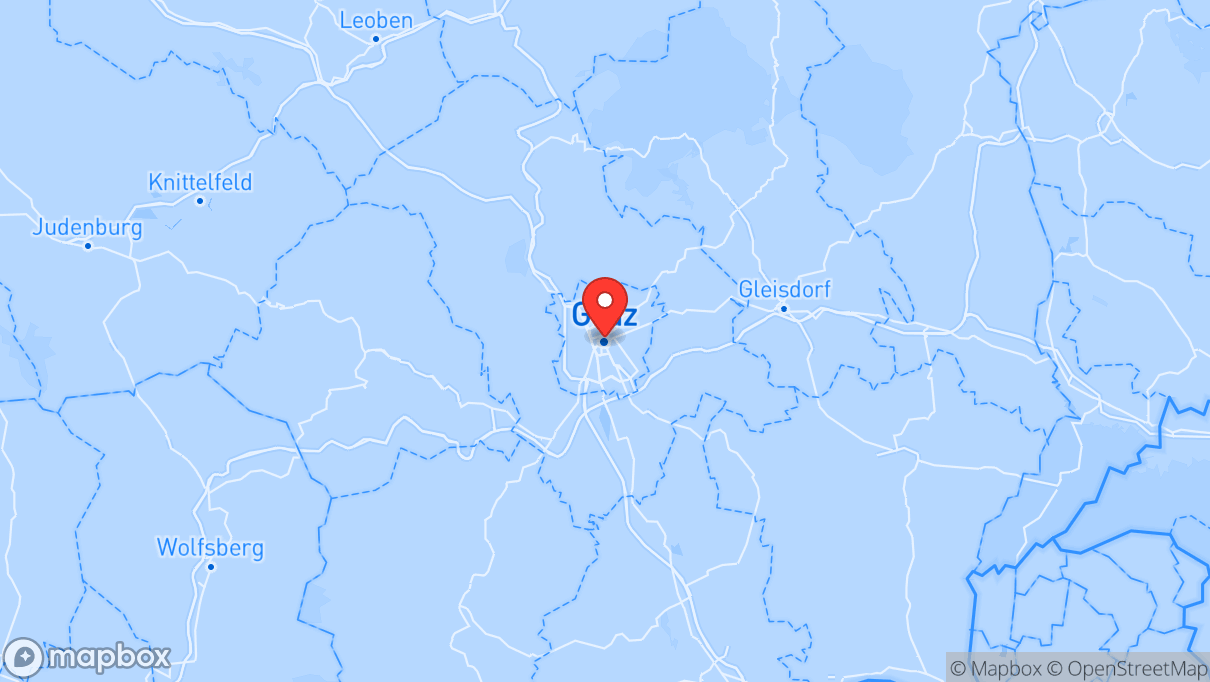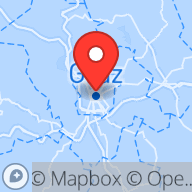Job
- Level
- Experienced
- Job Field
- Software, Application
- Employment Type
- Full Time
- Contract Type
- Permanent employment
- Salary
- from 3.000 € Gross/Month
- Location
- Graz
- Working Model
- Hybrid, Onsite
Job Summary
In this role, you will develop software for the KS TORNADO automation system, maintain and optimize existing products, and evaluate new technologies for the strategic enhancement of the software.
Job Technologies
Your role in the team
- Daily workspace is "KS TORNADO" - an automation system developed by KS specifically for our automotive test benches.
- Development of software throughout the entire software development cycle (analysis, design, development, testing, etc.)
- Maintenance, optimization, and expansion of existing software products
- Evaluation of new technologies and development methods within the framework of strategic further development
This text has been machine translated. Show original
Our expectations of you
Education
- Completed education (HTL, TU, FH) or specific training in the field of software programming
Qualifications
- Very good practical knowledge of C++
- Very good German skills
- Enjoyment of independent work
- Strong commitment and good communication skills
Experience
- Initial professional experience in software development
This text has been machine translated. Show original
Benefits
Health, Fitness & Fun
Work-Life-Integration
Food & Drink
More net
Job Locations

Topics that you deal with on the job
This is your employer

Kristl, Seibt & Co Ges.m.b.H.
Sankt Veit An Der Glan, Graz
KS Engineers has a wealth of knowledge in the fields of machine engineering, electrical engineering, control engineering, electronics and computer science. Our highly skilled and motivated team members carry out complex projects all over the world.
Description
- Company Type
- Established Company
- Working Model
- Hybrid, Onsite
- Industry
- Electronics, Automatization
Dev Reviews
by devworkplaces.com
Total
(1 Review)3.5
Engineering
3.5Career Growth
0.0Culture
3.0Workingconditions
4.2









